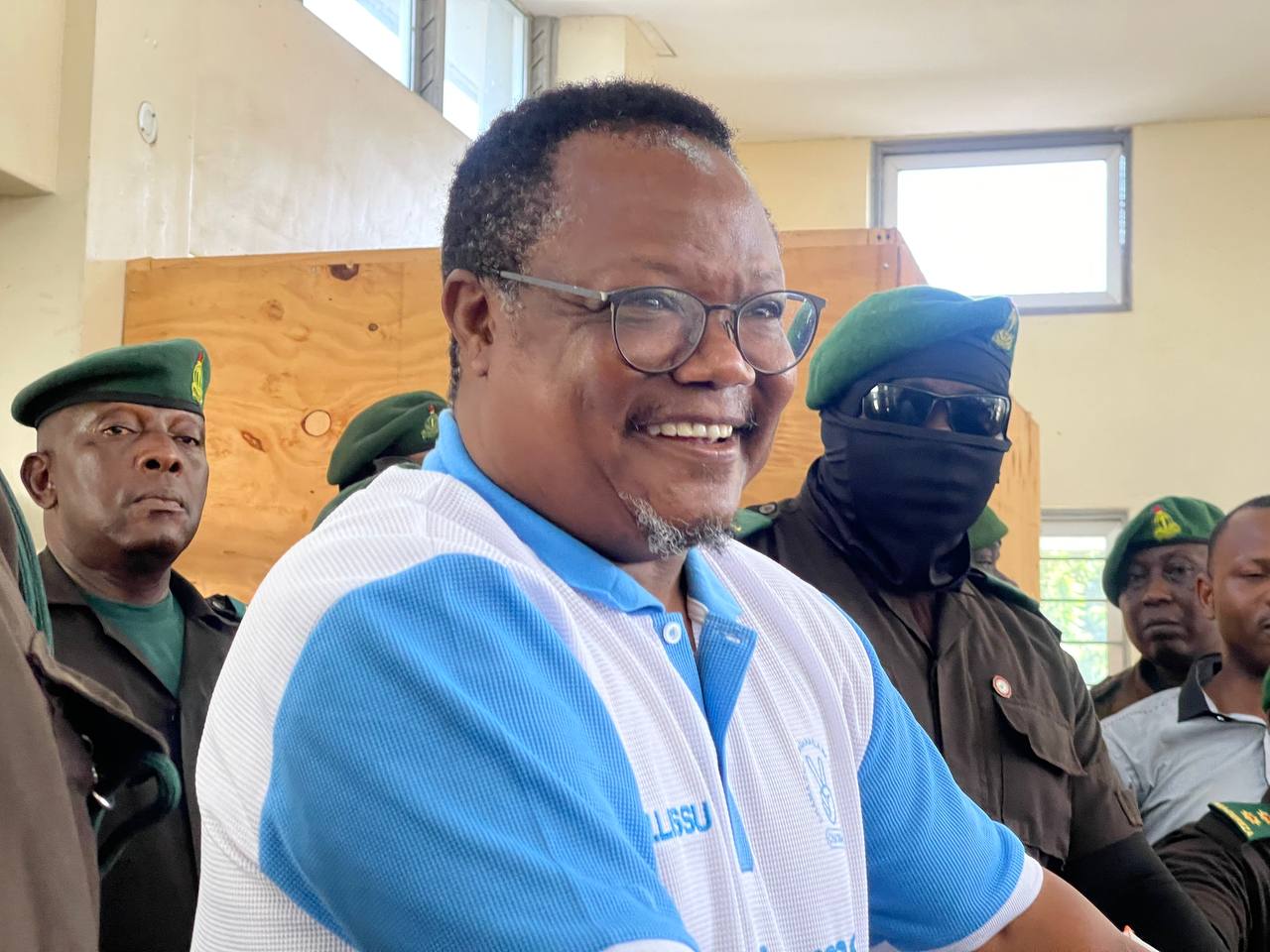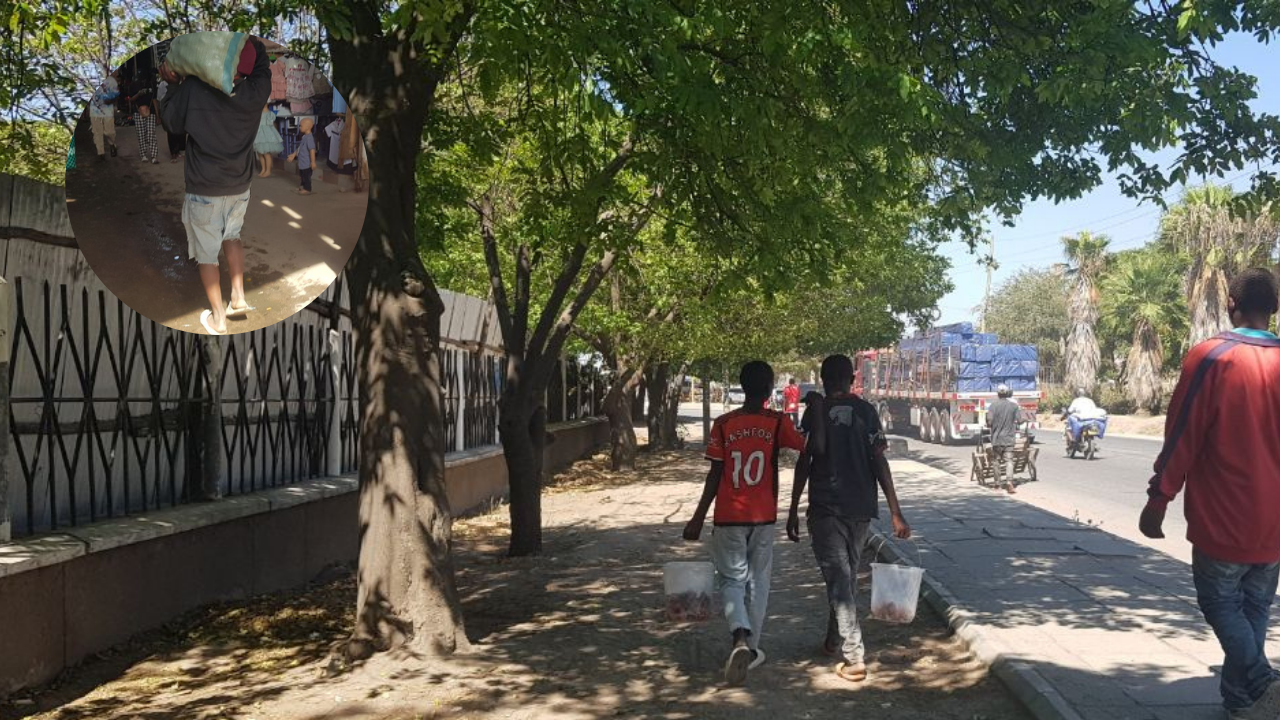March 17, 2021, will go down in history as the day Tanzania lost its sitting president since the East African nation came into being. President John Pombe Magufuli’s death was broken by the then Vice President Samia Suluhu Hassan (now the President of the United Republic of Tanzania) while on an official tour in Tanga, a northern region of Tanzania. Looking into President Magufuli’s political career, one may agree that he was quite a complex individual. It is his complex nature as a political leader that I revisit in this piece. Specifically, I attempt to look into President Magufuli’s supposedly paradoxical decisions and environmental and wildlife conservation policies. But first, a glimpse of his political journey.
In the days that led to his nomination as the ruling Chama cha Mapinduzi’s (CCM) flag bearer for the 2015 general elections, very few people could tell that John Magufuli would emerge as the chosen one and went on to become the fifth Head of State of Tanzania. The most optimistic had regarded him as fit for the premiership, a job that they deemed suitable for his action-oriented leadership style, a micro-manager and a no non-sense guy. He had won this reputation over his 20 years of political journey as a member of parliament representing his home place of Chato-Geita (formerly Biharamulo-East constituency), a junior minister for works, and minister in several Ministries, including positions in which he served the longest.
A hard-won election by 58 per cent in 2015 would be a turning point for the famous minister. The late Magufuli became the fifth president of Tanzania following a highly contested election marred by serious allegations of human and democratic rights abuses. Magufuli unleashed some of the most drastic and equally controversial reforms the country had ever witnessed. Nevertheless, in this piece, I focus on an area that the late Magufuli was not very much known for, environment and wildlife conservation and the controversial politics surrounding them during his Administration.
Militarisation of conservation
Tanzania is known for its conservation initiatives, with at least 40 per cent of the country under different forms of protection. When President Magufuli came into power, Tanzania was grappling with the poaching problem that had almost decimated some wildlife species, especially elephants and rhinos. The reforms in the wildlife conservation sector were a bid to reinforce the ‘militarised’ anti-poaching campaign that had been on and off since independence. Hardly a year (October 2016) into his presidency, President Magufuli appointed a retired Chief of Defence Forces, General George Marwa Waitara, as the Board Chairman of the Tanzania National Parks Authority (TANAPA). A similar arrangement was seen through other conservation agencies, notably Tanzania Wildlife Agency (TAWA) and Tanzania Forestry Services (TFS).
Next was to restructure these agencies into paramilitary systems from ordinary public parastatals they used to be. Even the nature of leadership changed to depict the military design. In TANAPA, for example, the title of the top boss changed from that of Managing Director to Conservation Commissioner. All rangers in the now militarized agencies underwent military training between 2017 and 2019 and were currently authorised to use military-grade weapons in conservation operations.
The reforms bore some fruits as it was reported that poaching levels went down, and the population of species critically endangered bounced back. This was affirmed by President Magufuli himself when dissolving the Eleventh Parliament in June 2020 as he remarked that the positive result registered in the anti-poaching campaign is due to the paramilitary strategy in wildlife conservation. The ‘self-proclaimed success,’ however, came at substantial human rights and livelihoods cost.
Banish those encroachers
The first three years of Magufuli’s government saw a drastic move to rid protected areas of all ‘illegal human occupants.’ Herders were hard hit as their cattle were often impounded because they were grazing in protected areas. In November 2017, President Magufuli declared that Tanzania is not a grazing land for cattle from neighbouring countries. Following that, at least 6000 heads of cattle from Uganda and another 1000 from Kenya were confiscated and auctioned. This campaign did not spare local herders. There were reports of herders losing up to 1400 heads of cattle in Simiyu, a region in northwestern Tanzania, even after the owners have pleaded guilty and paid fines as per court ruling. Some cattle died of lack of water and feed as authorities were holding them. Others were sold by the authorities, leaving herders impoverished.
Probably the worst incident happened in the Loliondo district, in Arusha, a region in northern Tanzania. For example, between August and November 2017, close to 5800 herders’ homes were destroyed by authorities leaving more than 23,000 people without homes. How this campaign split from impounding cattle from neighbouring countries to setting local people’s houses ablaze is still a puzzle to date. Teklehaymanot Weldemichel, author of Othering Pastoralists, State Violence, and the Remaking of Boundaries in Tanzania’s Militarised Wildlife Conservation Sector, a paper which examines how Tanzanian conservation authorities utilise biodiversity ‘extinction narratives’ to legitimise the use of violence in redrawing protected areas’ boundaries, calls this ‘othering pastoralists,’ a tendency of defining herders as invaders, foreigners, or enemies of conservation to rationalise their violent arrest. Consequently, military and military-like techniques have always been used to prevent people from carrying on with traditional nature extraction practices, farming, and livestock grazing in post-independence Tanzania. However, the herders’ aggravation would not persist for long. It was time for President Magufuli to do some consolation.
No sooner had the incidents of Liliondo and elsewhere sunk into people’s minds than the government, under Magufuli’s order, made an about-turn to do something that made herders the country over mobilise for demonstrations to hail him. He revoked the government decision to evict 366 villages deemed to be falling within protected areas boundaries. Instead, President Magufuli ordered responsible ministries to survey and formalise them. He further proposed that protected areas that no longer needed to be reserves be redistributed to people.
Farmers, too, got spoiled a little. They were free to farm where they deemed appropriate, so ordered the President. In one of President Magufuli’s tours in the Kagera, a northwestern region of Tanzania, farmers complained that local authorities were harassing them by chasing them away from their farms on claims that they (farms) fall within the 60 metres where human activities are illegal. President Magufuli ordered (disregarding the law) that farmers should be allowed to farm wherever they want, even if in the middle of the river, and if floods come, it will be their problem. But, it was not all doom about environmental conservation as more national parks were coming!
A shift to the western zone
Historically, when one speaks of conservation tourism in Tanzania, the northern zone tops the list. President Magufuli, however, vowed to change this. It was time to focus on the western tourism zone. When he came to power in 2015, there were 17 national parks in the country. He has left behind 22, an addition of five national parks within just five years. Four of the national parks (Burigi-Chato, Ibanda-Kyera, Rumanyika-Karagwe, and Ugalla River) were in the western tourism zone. Only one (Nyerere) was in the eastern zone.
According to President Magufuli, it was essential to establish national parks to promote tourism in the western regions, and his dream was to make them vibrant like the northern ones. Also, he stressed that national parks were critical in enhancing biodiversity conservation which is crucial for future generations. This is very likely the main reason for establishing the parks. Upgrading the conservation status of protected areas (note that all the new national parks were formerly Game Reserves) gave the government more leverage in waging stringent conservation policies, including prohibiting any extractive (human) activity. Parks aside, President Magufuli had a considerable appetite for industries, even at the expense of the environment.
Until 2018, industrialisation was the main talk and do in the whole government and its departments and agencies. It was President Magufuli’s arch-policy. His commitment, especially in the first three years, was to transform Tanzania into an industrial economy. For instance, as President Magufuli took the reins in 2015, manufacturing was contributing US$ 3 billion. This rose to USD 4.1 billion in 2018, a 39 per cent increment.
Lest we forget, the industrialisation crusade left a bad taste in environmentalists’ mouths. The Environmental Management Act mandates Environmental Impact Assessments (EIAs) to precede the implementation of certain categories of development projects. Most industrial processing and manufacturing fall under this category of projects. It was this requirement by law that irked President Magufuli. He blamed it for delaying the industrialisation pace in the country. The Ministry responsible for the environment and the National Environmental Council (NEMC), the custodians of the law, were compelled in 2018 to propose an amendment of the law that saw the EIA process’s duration shortened from 149 days to 95 days, among other things. Even this would not please President Magufuli. Shortly after being inaugurated as the new minister responsible for the environment, Ummy Mwalimu visited NEMC and ordered them to ensure that investors were issued EIA certificates 14 days after registering their projects. Technically, the honourable minister ordered projects be implemented before an EIA is conducted because there is no way an EIA can be completed in 14 days.
A mega-dam at the heart of a world heritage site
Environmental concerns would also surface as Tanzania embarked on building the largest hydroelectric power dam in East Africa. The decision to build a 2100 MW hydropower dam in the middle of the UNESCO listed world heritage site is probably the most environmentally controversial decision during Magufuli’s five-year presidency. When the government announced its intention to embark on the Rufiji Hydropower Project(now the Julius Nyerere Hydropower Project), the international community and particularly environmental lobby groups heavily criticised the move, citing severe negative ecological and socio-economic impacts associated with the dam.
The pressure was extremely high, but President Magufuli never yielded. During a ceremony to lay the foundation stone, he stressed that the dam is key to national development as it would provide reliable, adequate, and affordable power, a key ingredient for industrialisation. To shun environmentalists and conservations, Magufuli expressed his reservation about tourism hunting conducted in the area. He claimed that hunting tourism in the area was not benefiting the nation.
On the one hand, therefore, President Magufuli’s leadership style and politics have made it possible the intensification of coercive means to further conservation. On the other hand, however, it led to neglecting environmental safeguards and regulations. The sixth phase government under President Samia Suluhu Hassan has already signalled that nothing will change, and Magufuli’s legacy on environmental and wildlife conservation will likely be upheld firmly.
On April 6, 2021, for example, President Samia gave a speech in which she expressed her concern about the threat posed by population growth on the future of the Ngorongoro Conservation Area (NCA). She said Tanzania has only two choices: limit human population and save the Ngorongoro or allow human activities and say goodbye to conservation. Her remarks rekindled a decades-long debate on the implication of conservation on people’s livelihoods. Just a week after the President’s speech, the Ngorongoro Conservation Area Authority (NCAA) issued, on April 12, a notice to 45 inhabitants to leave the NCA and demolition of more than 50 permanent houses there.
Wildlife conservation in Tanzania will only be meaningful and beneficial to local communities, especially those neighbouring the national parks, only when the government abandons the fortress conservation model meant to package and sell nature for a profit. There is a need for the government to adopt community-based conservation models, such as community conservancies, that will see actual benefits of conservation accruing to locals.
Dr Ronald Boniphace Ndesanjo is an environmental researcher and consultant based in Dar es Salaam, Tanzania. He can be reached through his email address which is ronald.ndesanjo@gmail.com, or via Twitter at @ronaldndesanjo. These are the writer’s own opinions, and they do not necessarily reflect the viewpoint of The Chanzo Initiative. Want to publish in this space? Contact our editor at editor@thechanzo.com for more inquiries.




